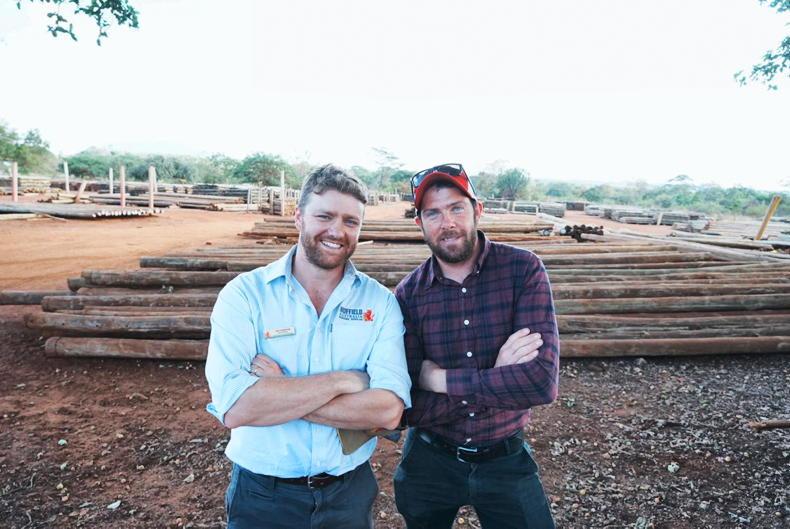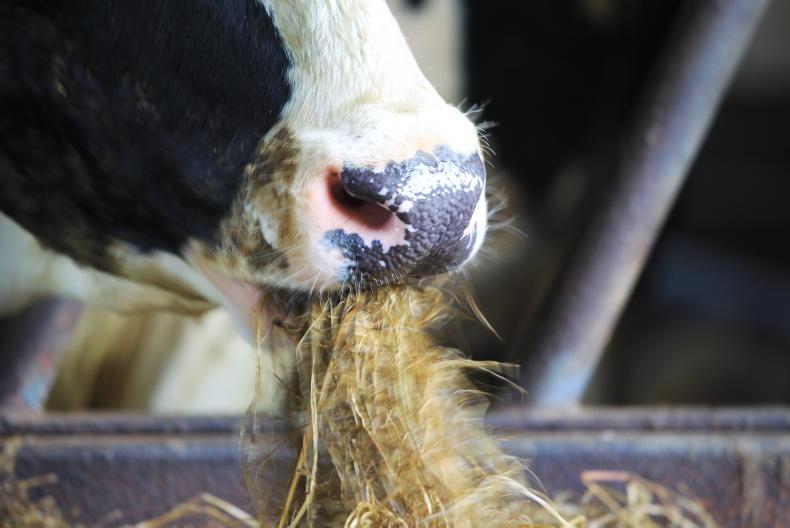About 50 years ago, an auld fella worked on this farm and I thought he was the oldest person in the world (in hindsight, he was about the age I am now).
My father repeatedly used him as an example of someone who operated a near-perfect accounting system. Apparently, he kept a row of jam jars on the mantelpiece, with each one filled accordingly on a Friday evening when the wage packet was brought home.
One contained the rent money, another was for the housekeeping, a third was for unforeseen expenses, and the one at the end usually contained enough change to take the wife out on a Saturday night.
I’ve no idea why this story appealed to my dad, but the more financially orientated the conversation, the more he seemed to enjoy wheeling it out. I suspect he also thought he was offering us a lesson from the great University of Life – who knows?
Constrained
For some reason, this simple story keeps playing over in my mind, since some form of more financially constrained spending may have to be exercised by myself this coming year. The reality of a heavy TB outbreak has landed at my doorstep, and I am not looking forward to the economic fallout as the season progresses.
Despite having no TB on my farm, I am an associated herd because of the dairy heifer rearing, and the fact the milking herd has had a bad outbreak.
The knock-on effect sees them with depleted numbers calving down, and modern rules state that they aren’t allowed to buy replacement stock. With full-time staff to pay, their best option is to bring home the yearling heifers (to graze surplus grass) and to rear their calves, at least until they get two clear tests. This leaves me in the horns of a dilemma.
Solution
The obvious solution is to buy store cattle for summer grazing. I struggle to see how that all adds up, but to make matters worse, I am not allowed to buy any animals until the heifers leave here and the slatted house has been cleaned and disinfected.
I tried to explain to the DVO that the farms are 10 miles apart – there is absolutely no crossover with land, personnel or equipment, but rules are rules, and the latest interpretation is not open to amendment. Therefore, it is likely that I might be trying to buy cattle at the very worst time of year, and when every Tom, Dick and Harry is equally keen for their wheen o’ head too. It is not a mouth-watering prospect.
Alternative
Ploughing an extra field for spring barley might have some merit, although that could easily blow as much money as buying stores in April.
Alternatives might be selling grass for two cuts of silage, or possibly buying ewes with lambs at foot. If anyone has a definite opinion, or sensible advice, I’d love to hear it.
Wisdom
Another of my father’s pearls of wisdom was always that if something seemed too good to be true, then it probably was, and maybe after six years of rearing heifers, we are beginning to see that everything has a downside at some point.
It is funny how you listen to so many heart-rending stories from farming families caught up in the emotional turmoil of a TB outbreak, but you don’t really absorb it.
Not, that is, until those chilling letters arrive in the post and you read them two or three times while your heart sinks lower and lower into your boots. It’s not nice.










SHARING OPTIONS